Clinical Reasoning Corner: Pre and Posttest Probability – Jack Penner
The Clinical Problem Solvers
OCTOBER 23, 2019
Let’s practice with a case: You are called to admit a 72 year-old woman with hypertension, diabetes, and knee replacement seven days prior who presents with acute, pleuritic chest pain and dyspnea. we’re more likely to test for a “can’t miss” diagnosis even if our pretest probability is very low), the morbidity of the treatment (e.g.

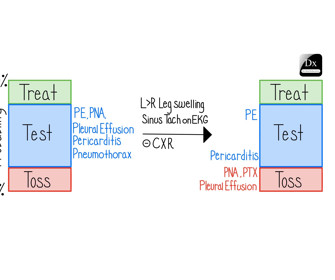
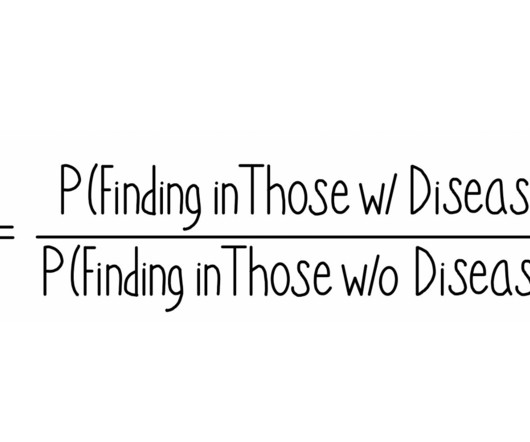

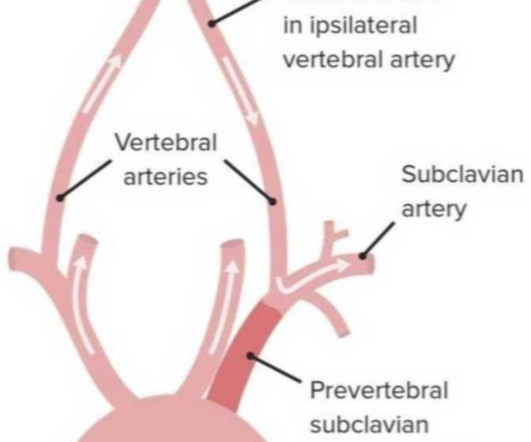
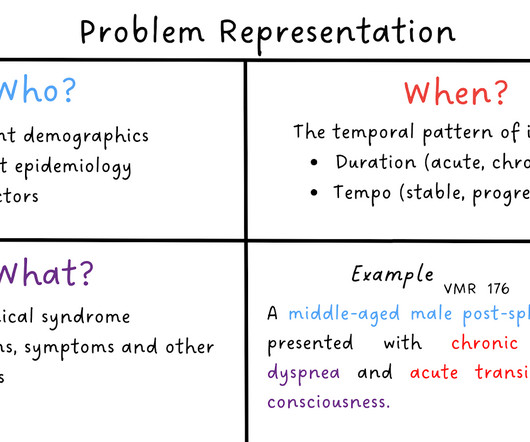
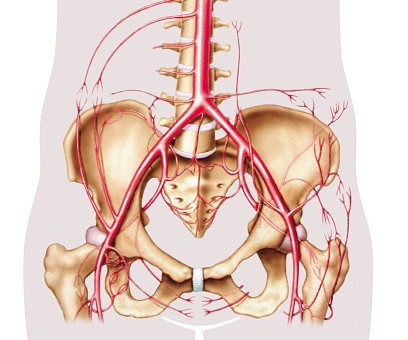
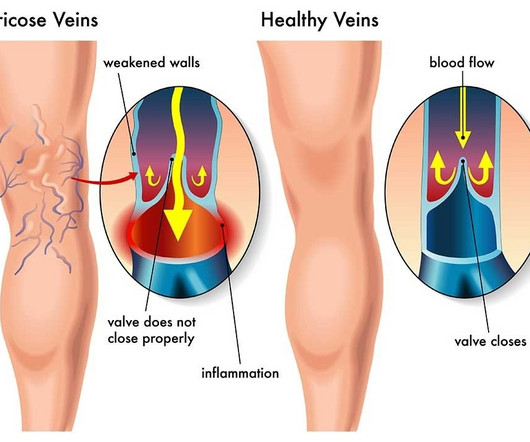









Let's personalize your content